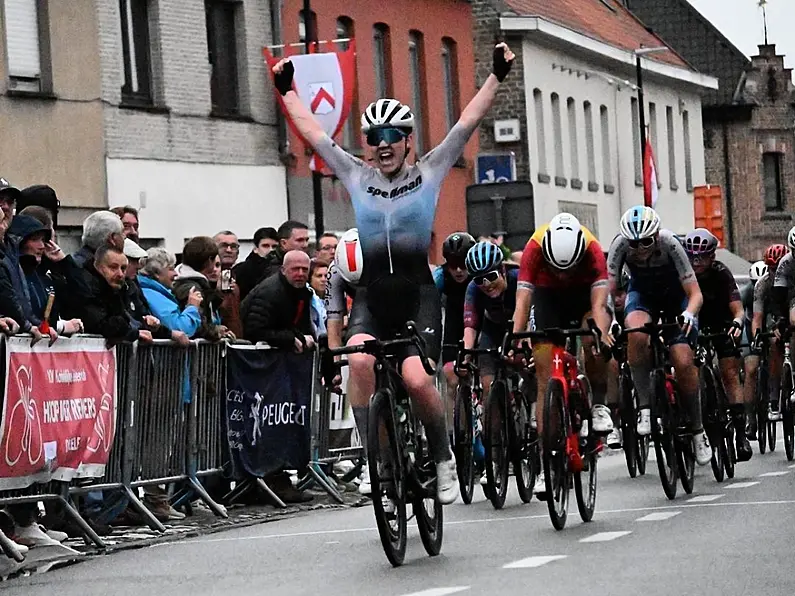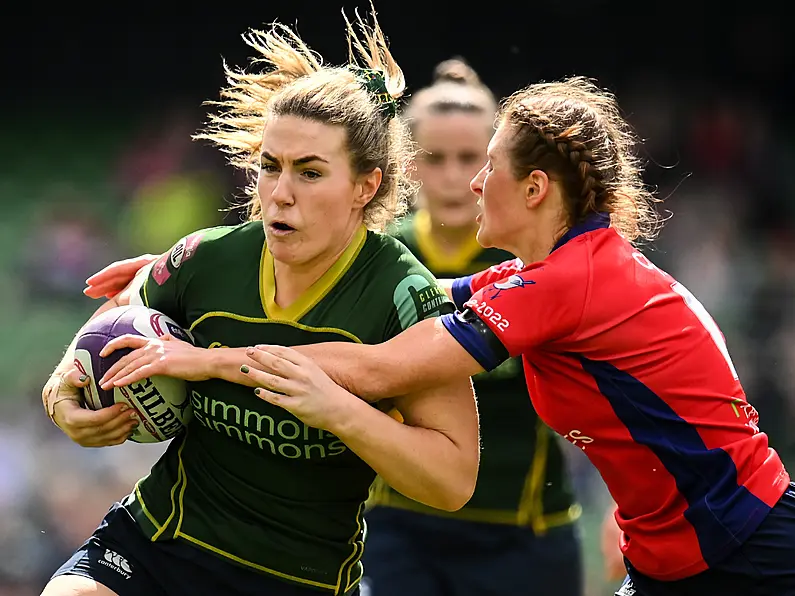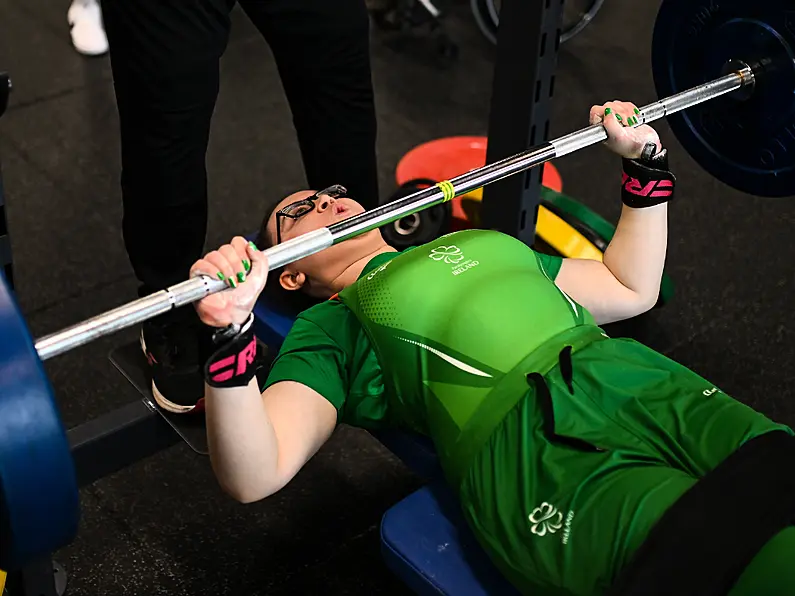** Trigger Warning: This article contains potentially distressing information related to mental health
On Tuesday, 3 July, the Australian Sports Brain Bank reported the first Chronic Traumatic Encephalopathy (CTE) case in a professional female athlete.
The diagnosis was made on Heather Anderson, a 28-year-old Women's Australian Football League (AFLW) athlete. Anderson tragically passed away this past November. Her brain was donated to the Australian Sports Brain Bank by her family in hope of receiving answers as to what led to her death. The diagnosis was made with their consent.
Anderson played rugby since her youth and was officially drafted to the AFLW in 2017. She played one season with the Adelaide Crows before she was forced to retire due to a shoulder injury. Anderson's death is still unknown but it is suspected to be suicide.
CTE is a brain disorder that causes chronic brain degeneration. CTE can cause personality changes, anxiety, depression and suicidal thoughts. Scientists have linked the development of CTE with repeated head trauma. Research on the impact of head trauma in female athletes has been very limited.
"There is evidence that women actually are more susceptible to concussion. And that they recover more slowly from the effects of a concussion," said Dr. Ann McKee from the Boston Brain Bank, in an interview with TVNZ (Television New Zealand).
The Australian Brain Bank team believes that although Anderson was the first reported case, she will not be the last. Growing participation in contact sports means a growing risk of repetitive brain injury. Implementing rules that minimize potential head injury in sports is one way that can help prevent further development of cases.
“We can prevent CTE by preventing repeated impacts to the head, and we must begin a dialogue with leaders in women’s sports today so we can save future generations of female athletes from suffering,” said the Australian Sports Brain Bank paper co-author Dr Michael Buckland.












